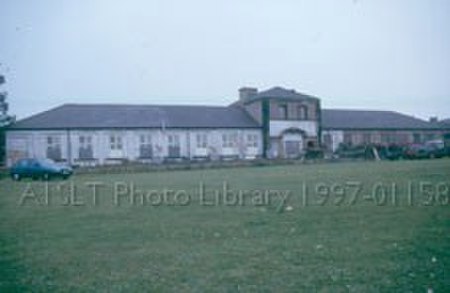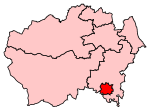Hopetown Carriage Works
Buildings and structures in DarlingtonMuseums in County DurhamRail transport in DarlingtonRailway workshops in Great BritainRolling stock manufacturers of the United Kingdom ... and 2 more
Stockton and Darlington RailwayUse British English from February 2023

Hopetown Carriage Works, also known as the Stockton and Darlington Railway Carriage Works, was a carriage works of the Stockton and Darlington Railway built in 1853 in Hopetown, near Darlington, County Durham, England. The works built railway carriages from 1853 to around 1884. Now preserved, it is still used as a museum workshop.
Excerpt from the Wikipedia article Hopetown Carriage Works (License: CC BY-SA 3.0, Authors, Images).Hopetown Carriage Works
Hopetown Lane,
Geographical coordinates (GPS) Address Nearby Places Show on map
Geographical coordinates (GPS)
| Latitude | Longitude |
|---|---|
| N 54.535875 ° | E -1.55668 ° |
Address
Hopetown Lane
Hopetown Lane
DL3 6PN , Hopetown
England, United Kingdom
Open on Google Maps









